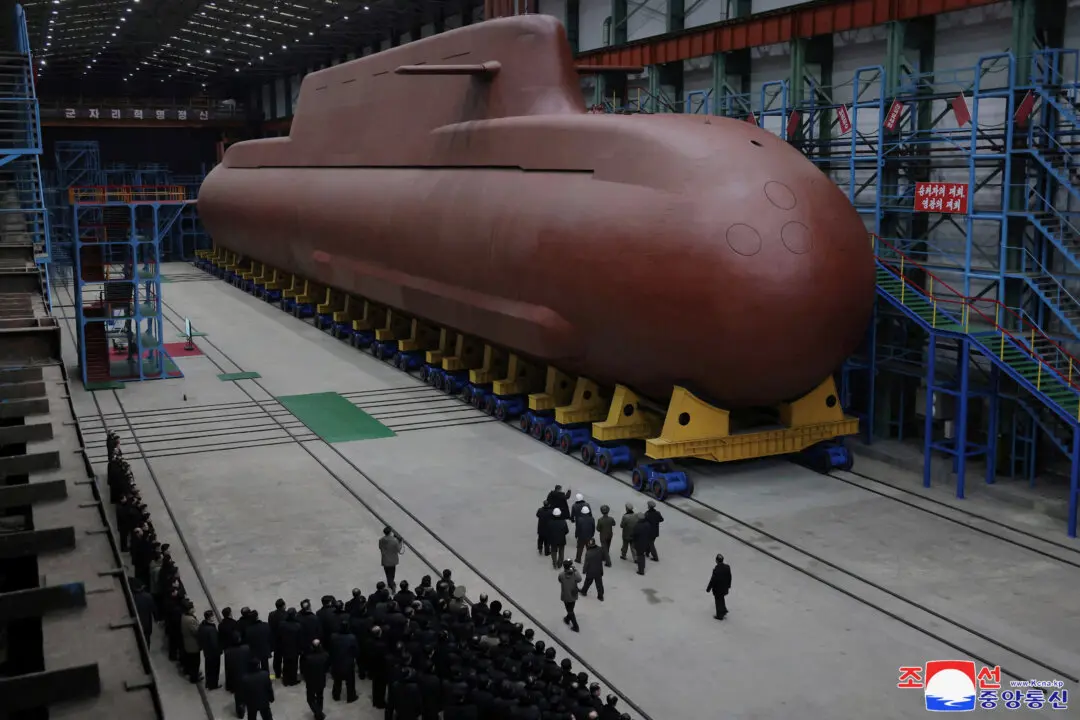News Analysis
China used an Olympics summit with Argentina to remind the world that in this 40th anniversary year of the 1982 Argentine–British war over the Falkland Islands, Beijing covets the islands and is continuing its decade-plus effort to engineer a new war over them that Argentina can win.





